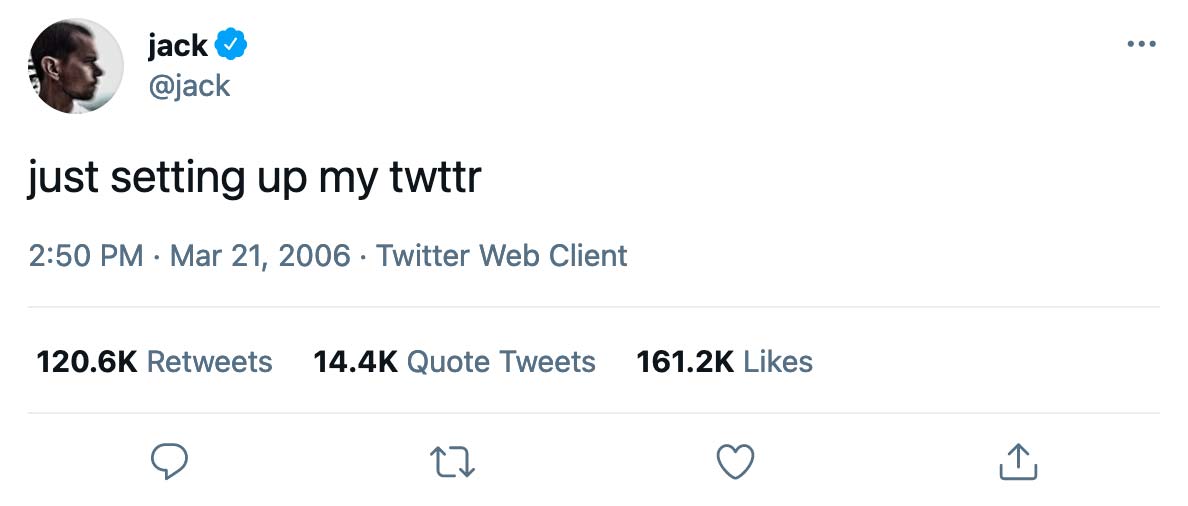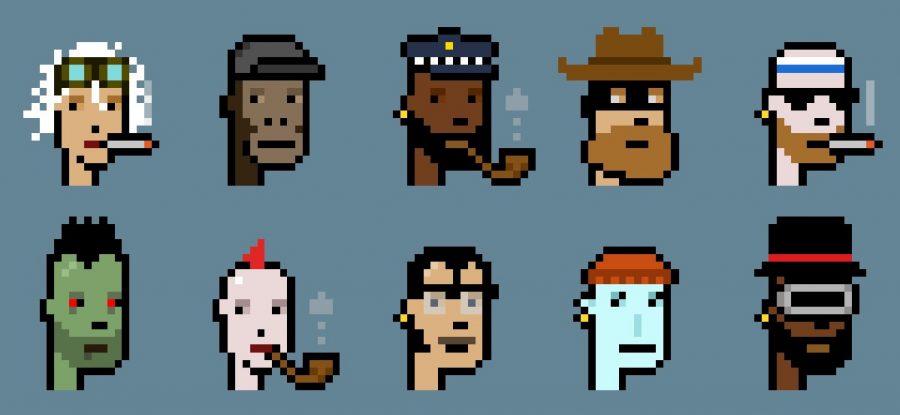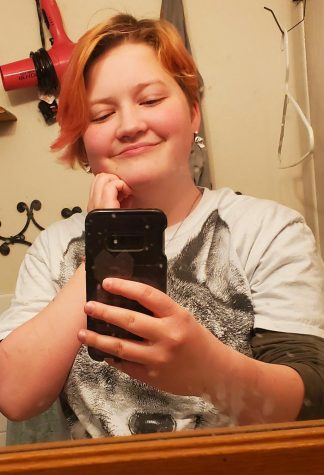Are NFT’s a Good Thing? : According to Lily
NFT created by artist Cryptopunk
May 12, 2021
As an artist, the internet is a huge resource for me. I use it for references, inspiration, and as a way of showing my support to other artists. It has truly changed the way art is treated in the world and I think that that is amazing. However, that doesn’t mean all of this change is good.
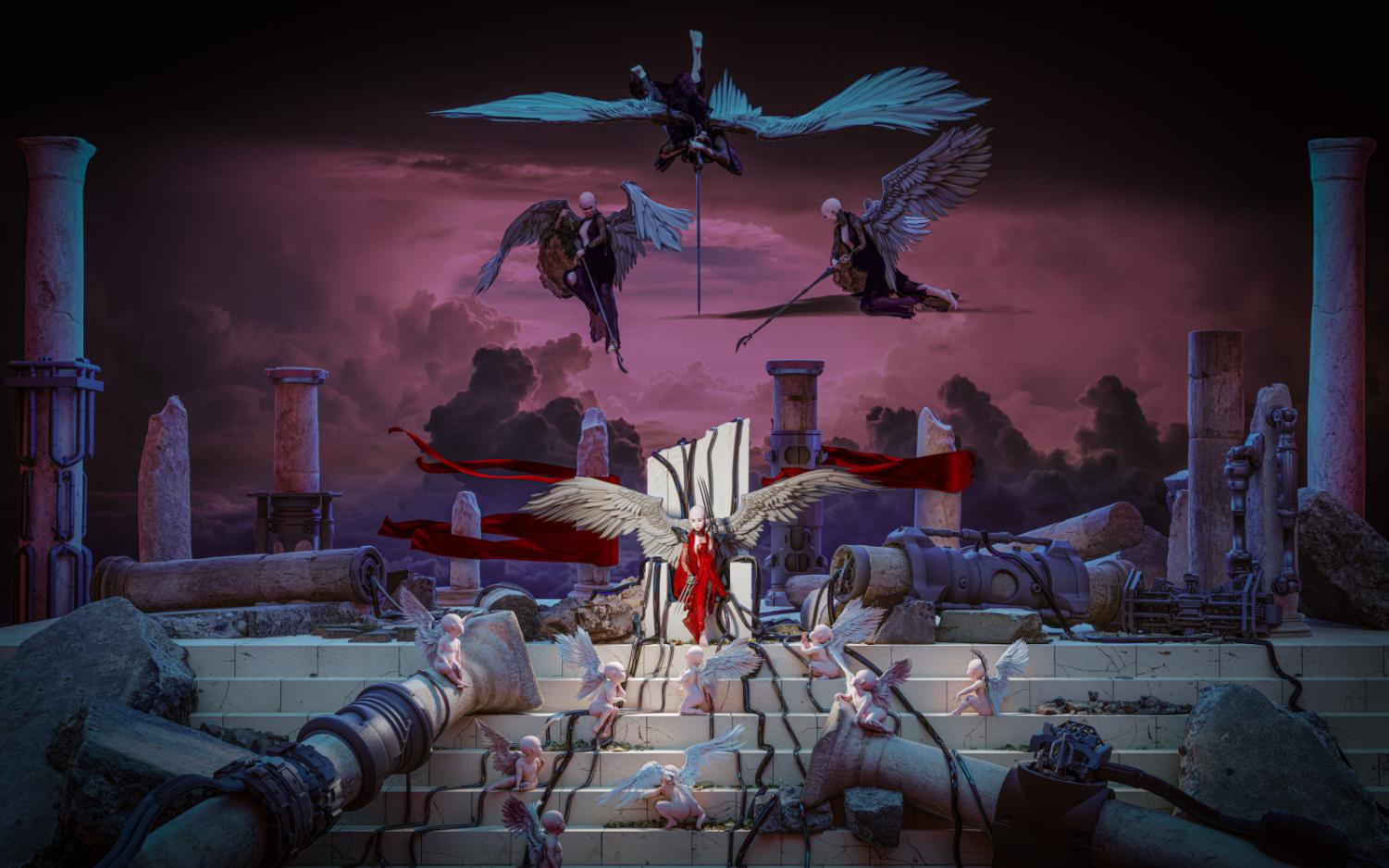
Recently, there has been uptick in the sales of digital art as an NFT (non-fungible token). To put it simply, NFTs are a sort of crypto-currency, similar to something like Bitcoin in that respect; however, NFTs are unique items that can’t be replaced by something else. NFTs are also a part of a blockchain, which is a form of database (here’s a better and more thorough explanation of what a blockchain is).
These pieces of art have been sold by everyone from actors to bands to companies, and they’ve been sold for upwards of a million dollars. Most go for a few thousand.
So far, so good, right? Well, that’s where it gets a little tricky. While the concept is not inherently bad or a
nything of that sort, the actual processing done by the blockchain is anything but good.
The biggest problem with NFT’s are the environmental risks and destruction left behind by the processing and selling of these pieces. The “data-miners” used within the blockchain are ordered to keep making money
and growing the “chain” have massive carbon emissions and are purposely inefficient when it comes to power. The computational power that is used in order to maintain a block chain is outrageous. For blockchains to work, there has to be consistent power and work done to the chain, meaning it guzzles up a ton of energy. The data-miners are always working, so a massive amount of computational power is required.
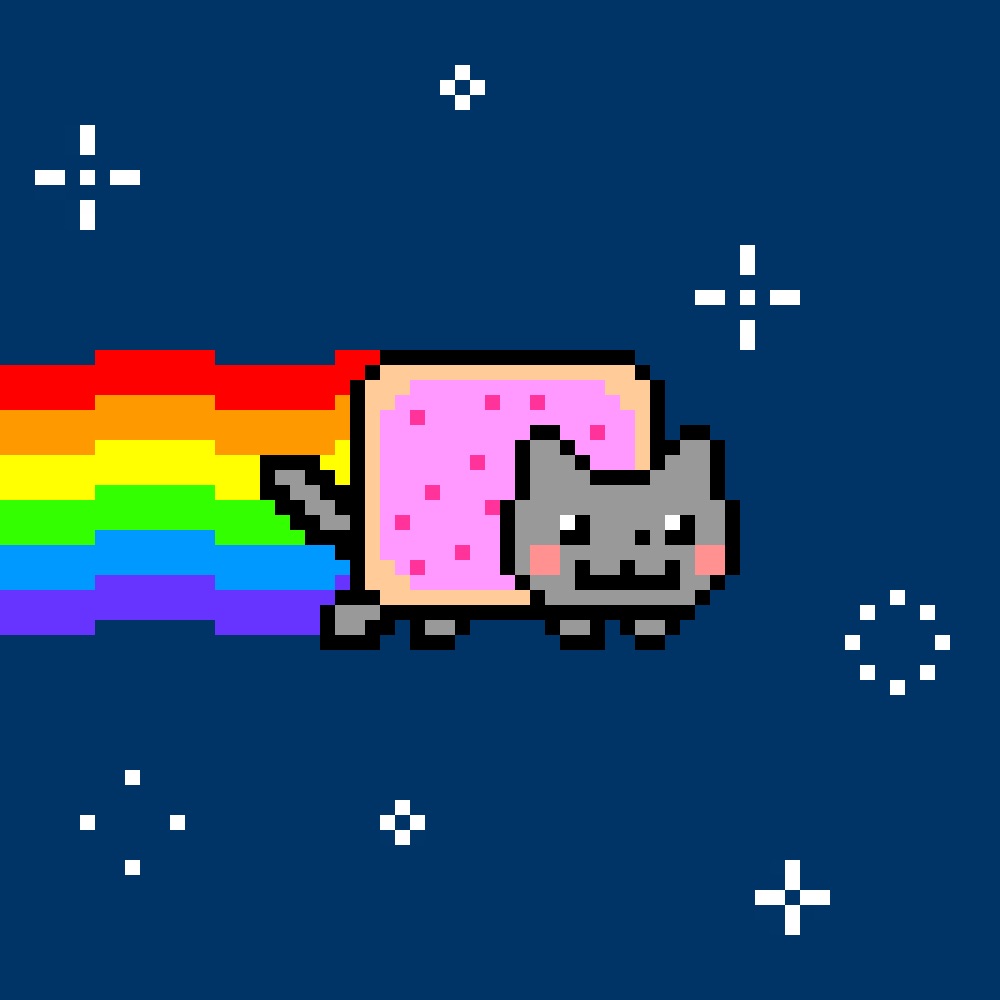
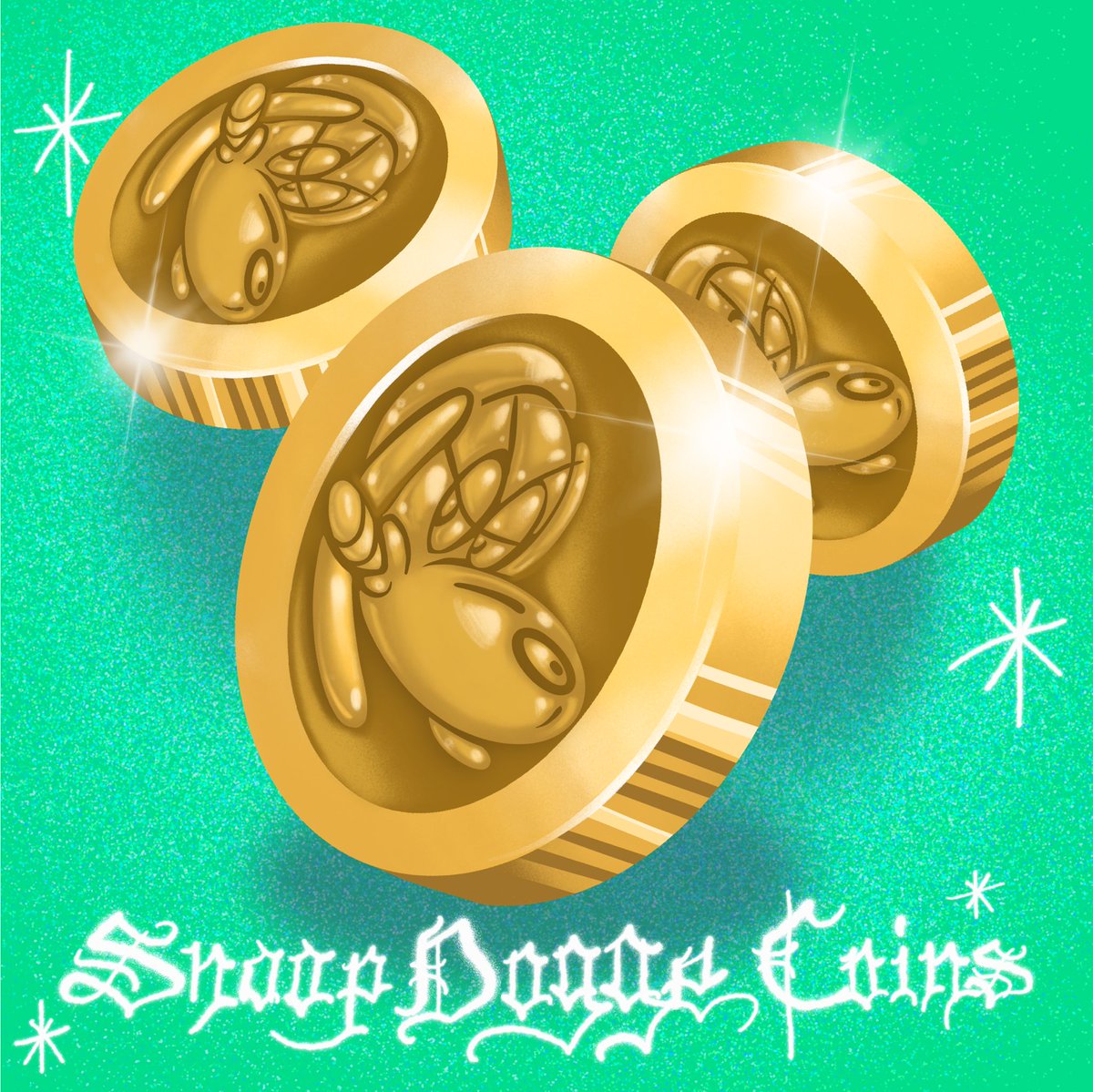
According to The Verge, one NFT of a cat in a rocketship the same carbon output and emissions as an “EU resident’s electricity usage for 2 months,” which helps put into perspective just how much carbon is being used.
Now it doesn’t all have to be negative. There are some artists who are trying to work towards lowering the carbon emissions of blockchains. For example, a digital artist by the name of Beeple has said that he wants to try and become carbon neutral by investing into renewable energy sources.
Overall, NFTs are one of the biggest changes to the art world in recent years. Clearly, it has changed the way art is sold and bought and the way that it is held in the public eye. I’m hopeful that as time passes, people are able to find a way to limit the environmental footprint left behind by these pieces.
